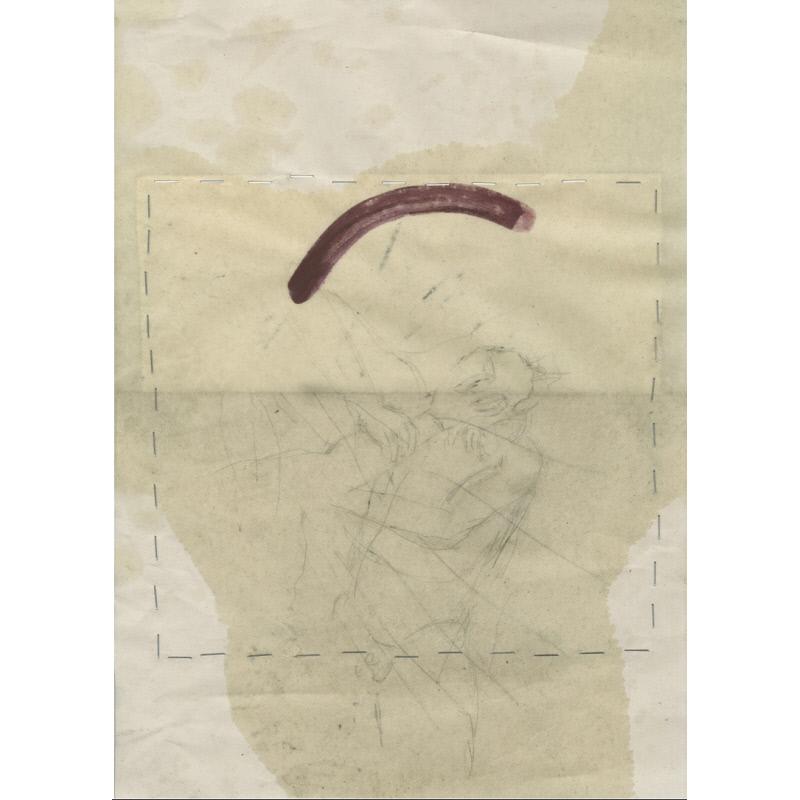Currently indexing
Scylla
Collection:UAL Art Collection
Date: 2019
Artist: Oliver M. Offord (British)
Dimensions:
Scylla: 30 x 29cm
Hermaphroditus: 42 x 30cm
Untitled: 30 x 23cm
Anti-Enkidu: 30 x 21.5cm
Emer(gere)(a)gency: 42 x 30cm
Medium: Pencil, gouache, oil, charcoal, oil paint and ink on paper
Object number: UAC 979
DescriptionOliver studied BA Fine Art: Painting at Wimbledon College of Arts. He says:
'My work focuses on a reading of history, mythology, and nature whereby marks and constructions become signifiers for narrative. These narratives are never explicitly stated in the work but objects and drawings are intended as vessels which allow for the formation of multiple readings.
I treat drawings at times with quiet sensitivity whilst at others with iconoclastic brutality, which allows an exploration of a variety of drawing techniques, from the abstract and diagrammatic, to the rendered and observed. Using oil on paper, I create a transparency which allows these drawings to be layered on top of one another as a way of both masking and revealing images.
Using a process of chance operations in which drawings are allowed to pile up and collect dirt the image is changed and altered without my hand. This leaves an image which creates new relationships between subject and symbol, the intended and the unintended. Like archaeology the drawings can be read through their individual layers or as a whole and viewing the drawings involves a process of unearthing and questioning.'
'My work focuses on a reading of history, mythology, and nature whereby marks and constructions become signifiers for narrative. These narratives are never explicitly stated in the work but objects and drawings are intended as vessels which allow for the formation of multiple readings.
I treat drawings at times with quiet sensitivity whilst at others with iconoclastic brutality, which allows an exploration of a variety of drawing techniques, from the abstract and diagrammatic, to the rendered and observed. Using oil on paper, I create a transparency which allows these drawings to be layered on top of one another as a way of both masking and revealing images.
Using a process of chance operations in which drawings are allowed to pile up and collect dirt the image is changed and altered without my hand. This leaves an image which creates new relationships between subject and symbol, the intended and the unintended. Like archaeology the drawings can be read through their individual layers or as a whole and viewing the drawings involves a process of unearthing and questioning.'






